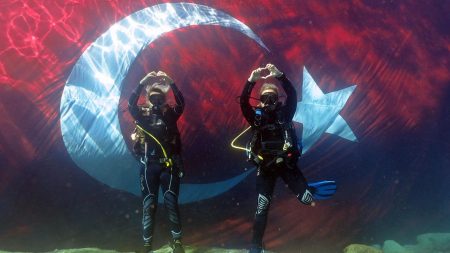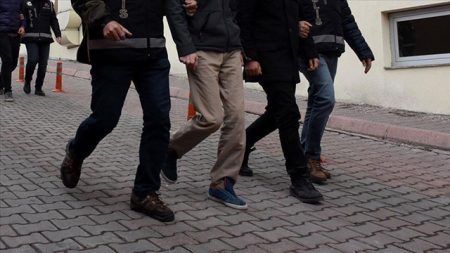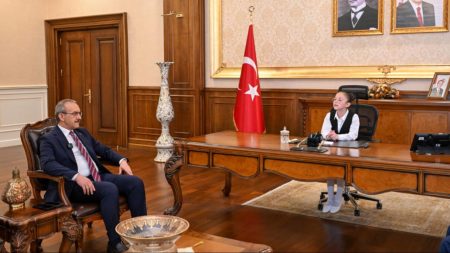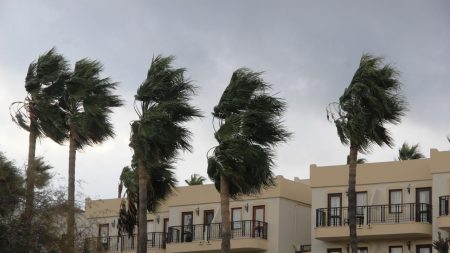Three people searching for treasure died in the city of Bursa, Turkey. The victims, identified as Sinan A., Ercan T., and Ali G., had been looking for buried treasure in the area when tragedy struck. The trio had reportedly been searching for a hidden stash of gold and coins believed to be buried underground. Unfortunately, their quest ended in tragedy when they succumbed to a deadly gas released from the ground.
Local authorities were alerted to the incident when a passerby noticed the three individuals lying motionless on the ground. Emergency services rushed to the scene, but it was already too late. The victims were pronounced dead at the scene, and their bodies were taken to the morgue for further investigation. Police are now investigating the circumstances surrounding their deaths and are working to determine if foul play was involved.
It is reported that the trio had been using metal detectors to search for the buried treasure when they accidentally released a toxic gas from underground. The gas quickly overcame them, leading to their untimely deaths. Authorities have warned against engaging in illegal treasure hunting activities, as they can be dangerous and even deadly. They have also advised the public to report any suspicious activity related to treasure hunting to the authorities.
The tragic deaths of the three treasure hunters have left the community in shock and mourning. Friends and family members of the victims_carried_out emotional tributes to honor their loved ones and shared their grief on social media. The incident serves as a stark reminder of the risks involved in engaging in illegal activities and the importance of exercising caution and following safety protocols when pursuing such endeavors.
Local officials have also issued warnings about the dangers of treasure hunting and have urged the public to refrain from engaging in such activities without proper authorization. Treasure hunting without the appropriate permits can not only result in legal consequences but can also pose serious risks to one’s safety and well-being. Authorities have reiterated the importance of adhering to the law and seeking permission before embarking on any treasure hunting expeditions.
The deaths of Sinan A., Ercan T., and Ali G. have shed light on the dangers associated with treasure hunting and serve as a cautionary tale for others. The tragedy has left a lasting impact on the community and serves as a stark reminder of the potential risks and consequences of engaging in illegal treasure hunting activities. As the investigation into their deaths continues, authorities are working to raise awareness about the dangers of pursuing hidden treasures without proper authorization and are calling on the public to exercise caution and prioritize safety above all else.
















